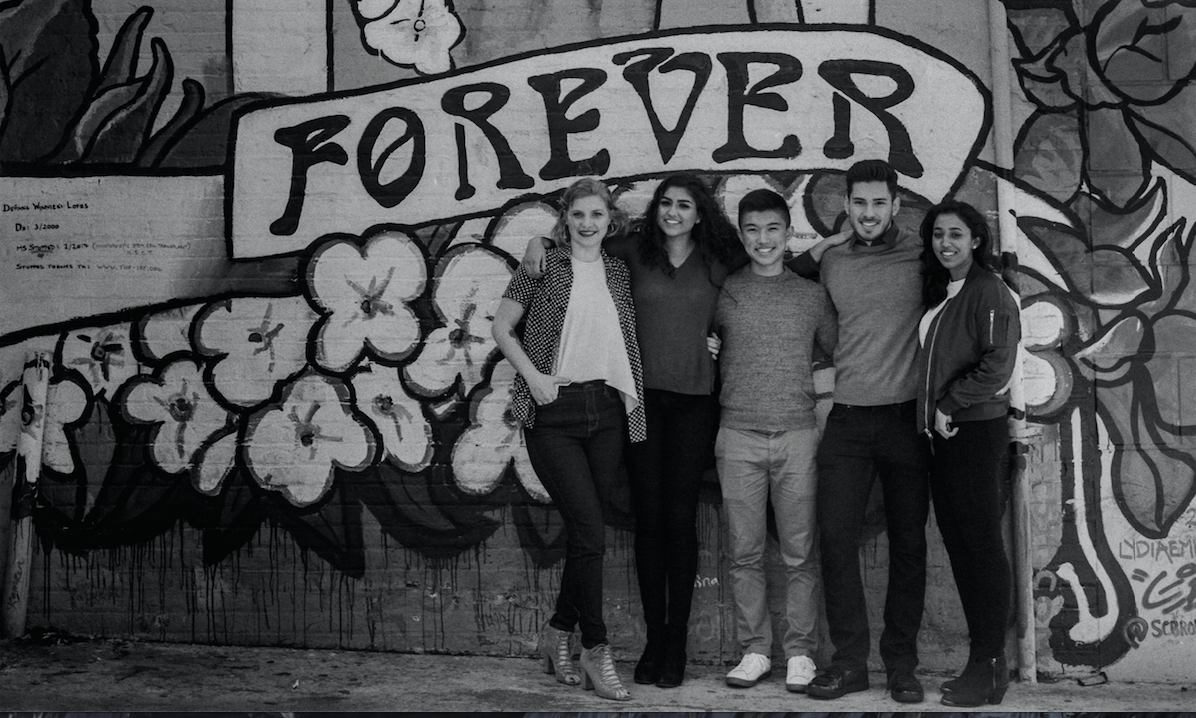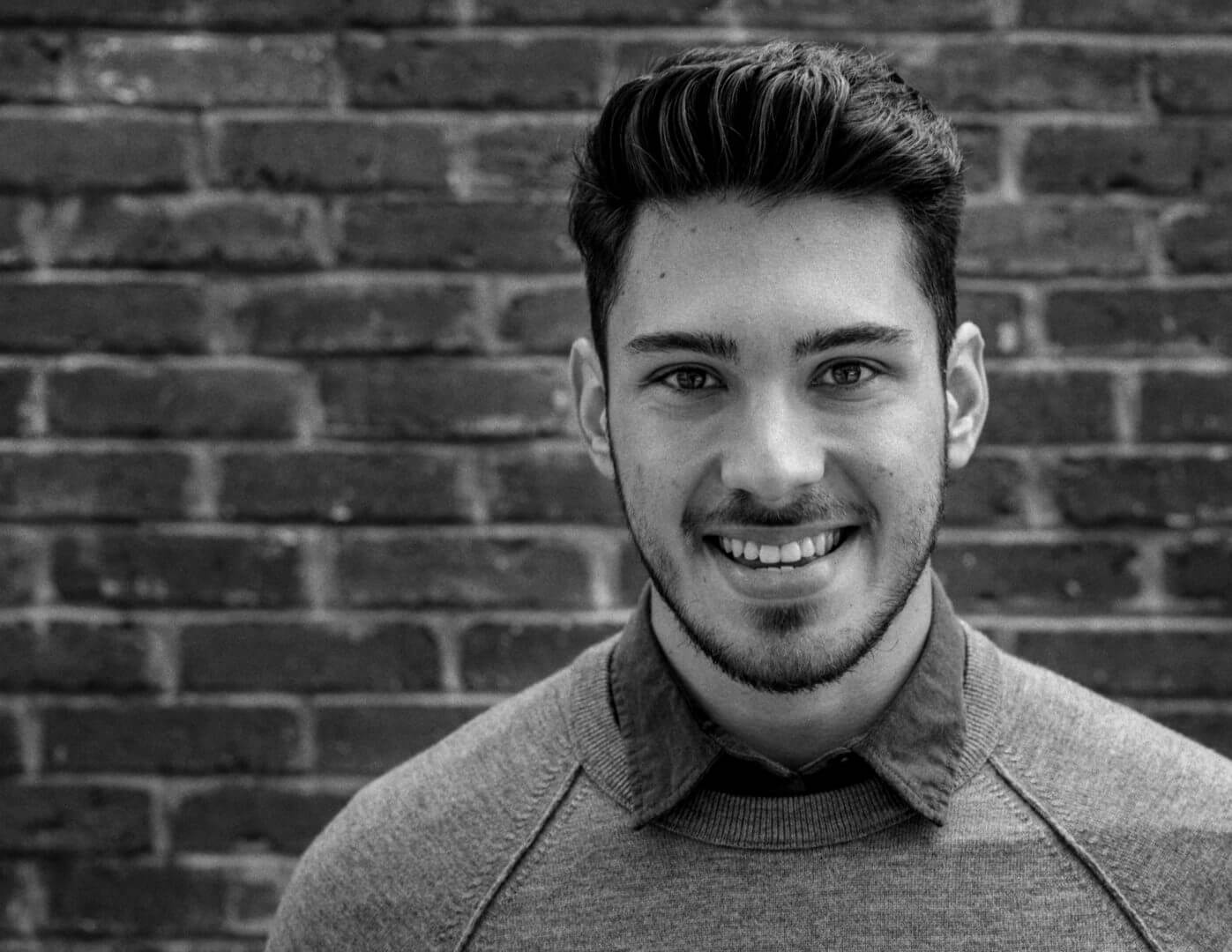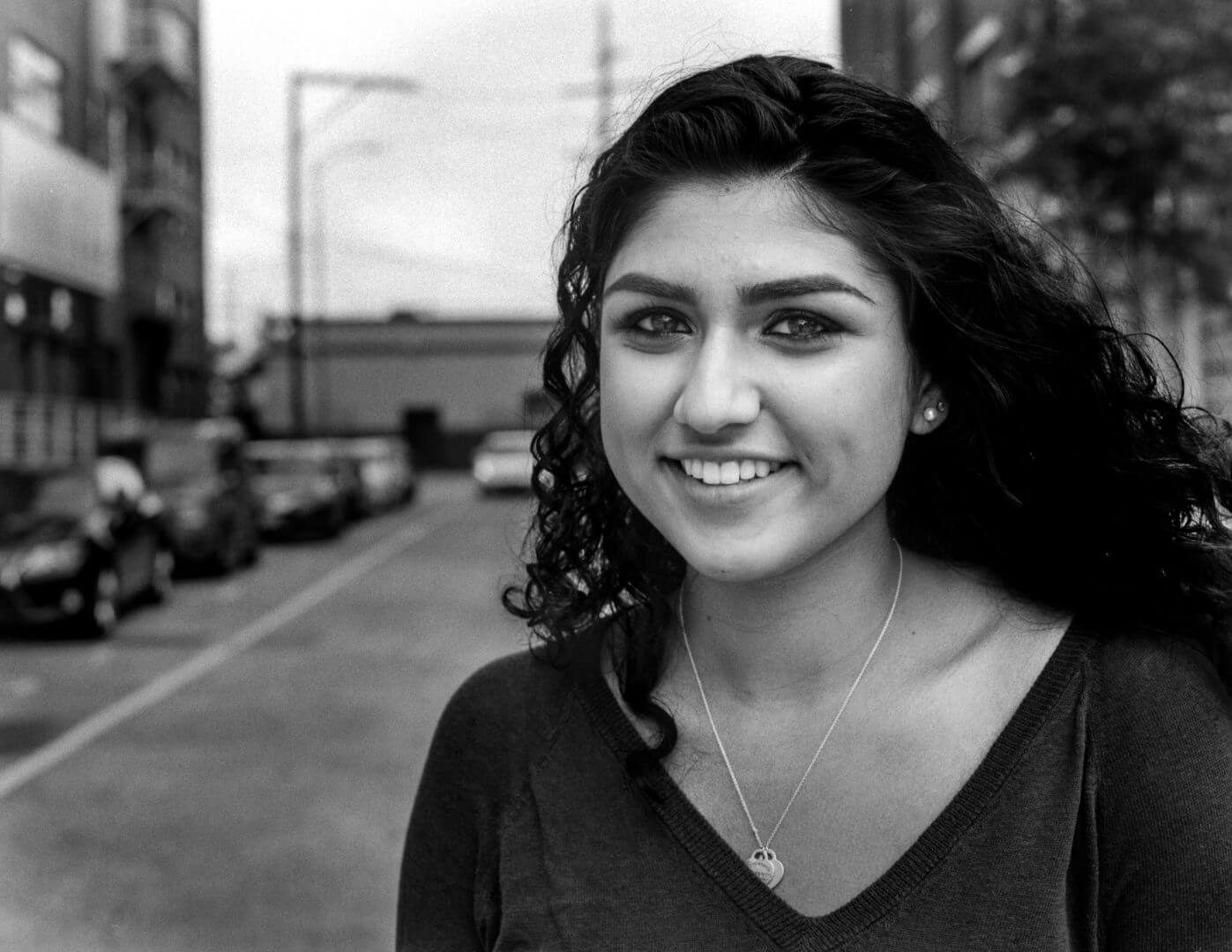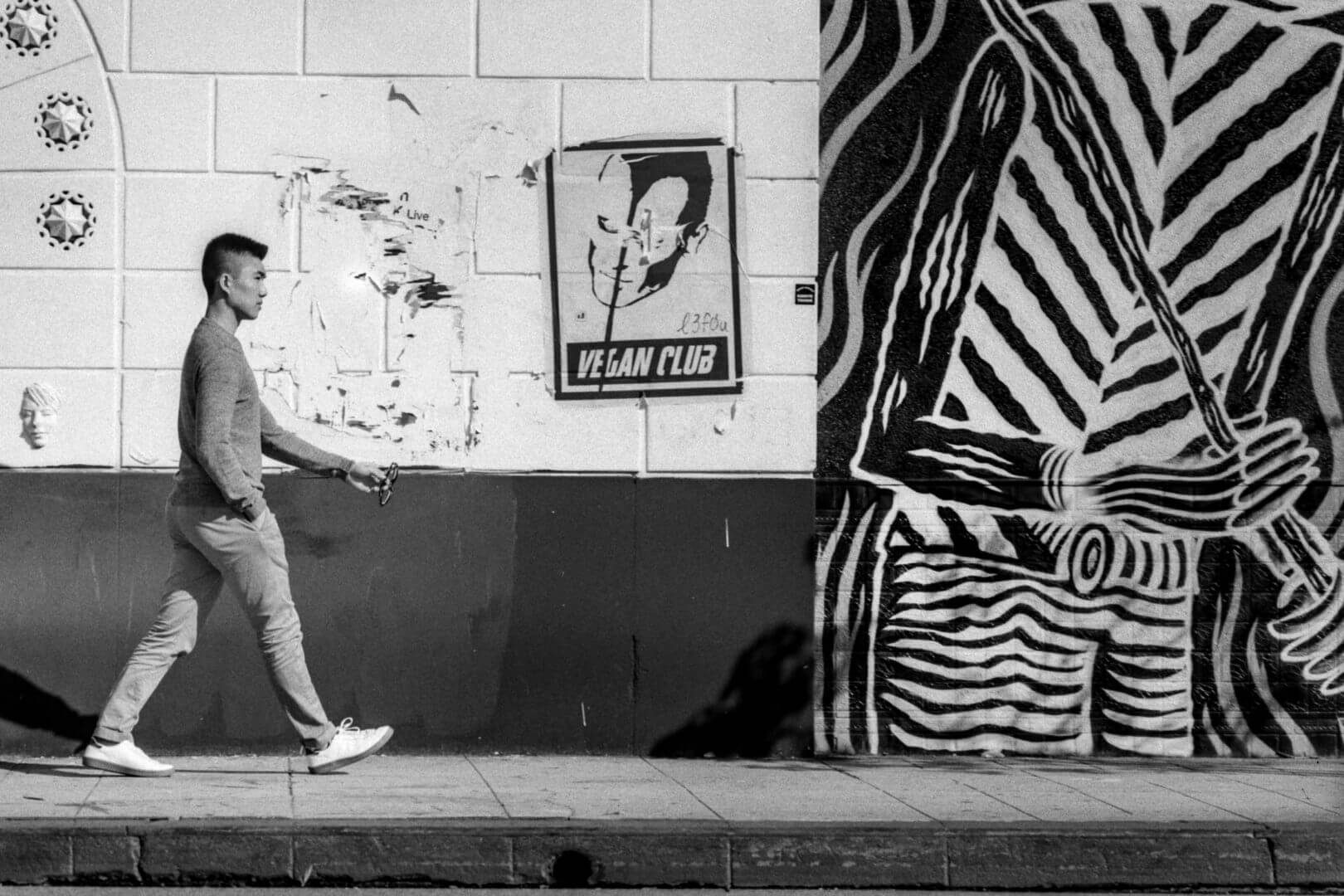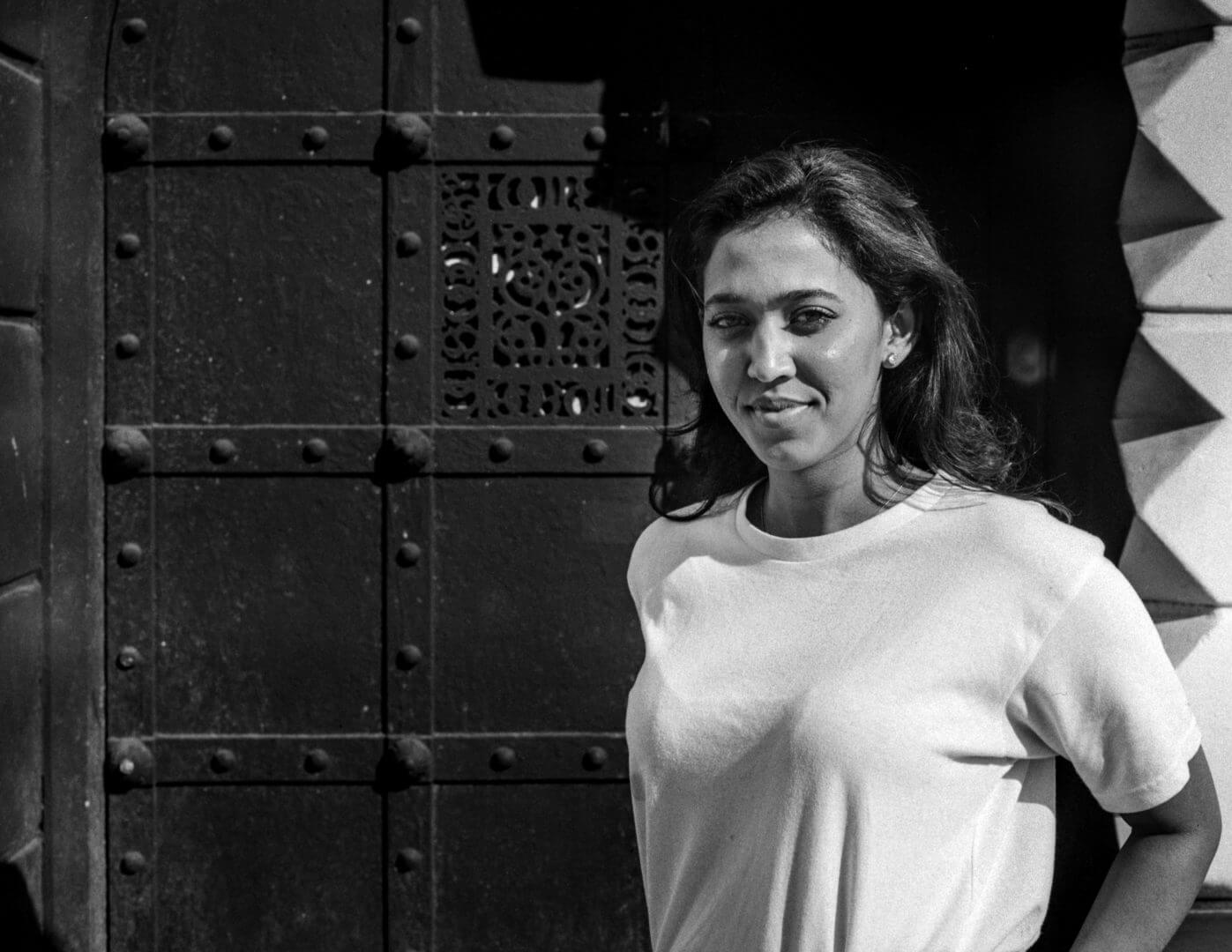The Good-Doers

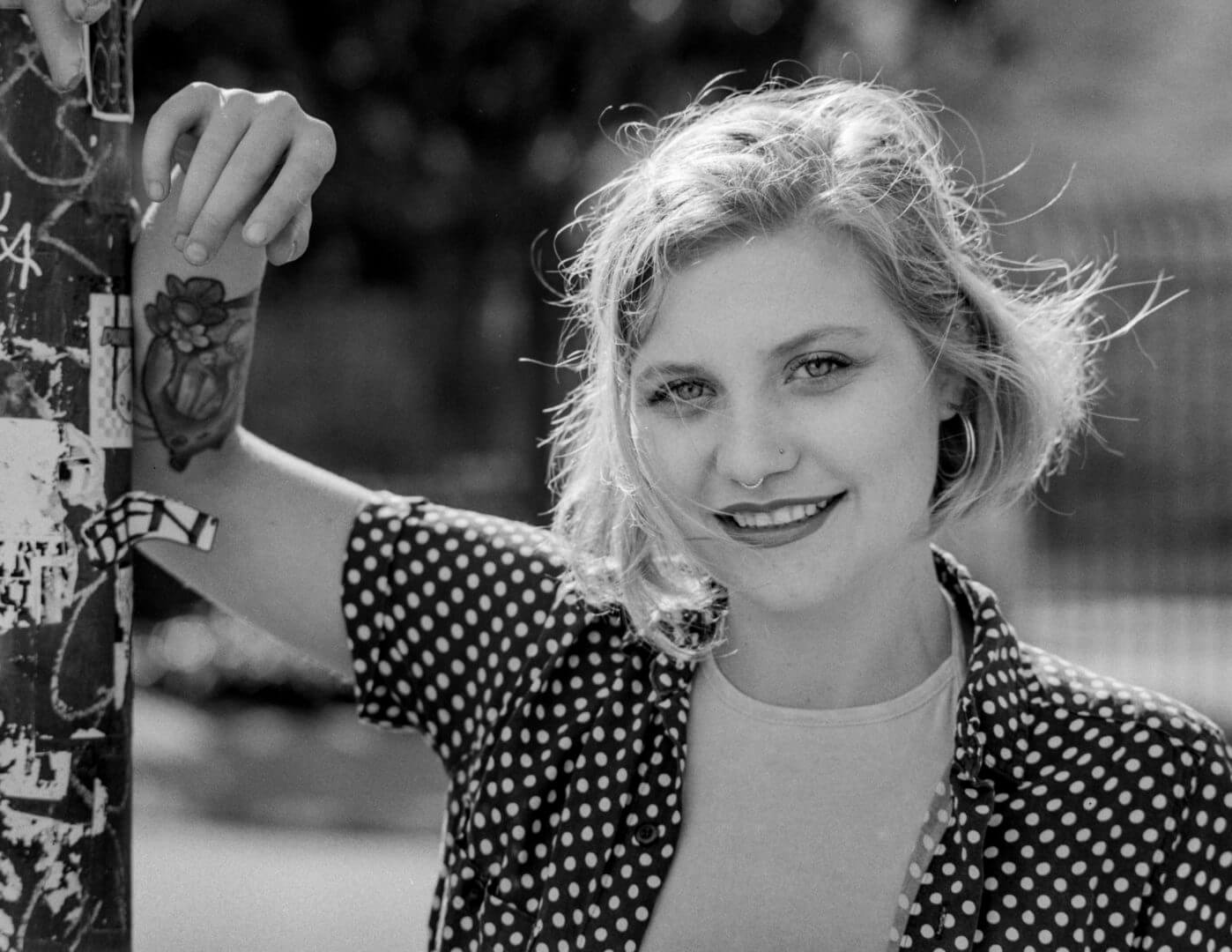 Kirsten Rice — access to clean water, a basic human right
Kirsten Rice — access to clean water, a basic human right
Rice, ’14 masters of science in mechanical engineering, empowers communities in developing countries to produce their own clean water. Together with her college mates and under the guidance of Professor Massoud Pirbazari she co-founded The Community Water Project to install water purification systems, first in Rwanda. Their model: build inexpensive bio-sand filtration systems in conjunction with local communities; charge a nominal but affordable fee to villagers for clean water; and use that money to protect, maintain and expand the system.
Emir Ucer — rethinking refugee camps
When Ucer, ’17 bachelors of science, industrial and systems engineering, traveled back home to Turkey he came face to face with the greatest humanitarian disaster since WW2 — an estimated 3 million refugees living in squalor just a few miles from his home. Back at USC, in Professor Najmedin Meshkati’s class, he and his Turkish colleague Stefani Mikov, were challenged to research a real-world problem and engineer a solution. Their idea was straightforward: “Let’s abolish refugee camps!” They designed new self-sustaining and ergonomic “communities-in-transition” equipped wth a school, health center, a fire station, and multiple markets where people can trade fairly. Their project was one of three chosen from among hundreds to become a finalist in the U.S. State Department’s Diplomacy Wonk Tank Competition on April 7, 2017 in Washington D.C.
Pooja Nikki Bisarya — human-centered signal processing
At 19, Bisarya, ’20 bachelors of science, computer science, has already become an integral part of Professor Shri Narayanan’s life-changing lab. Out of the many exciting projects on Narayanan’s slate, Bisarya chose to look for a quantitative way to figure out how effective a therapist is in treating addiction. The San Diego native who grew up listening to Star Talk, a podcast that mixes space, science, and pop culture, has been preparing for this work her entire life. She’s been coding and devising patents from an early age with one thing in mind: “how is this going to dramatically change someone’s life?” Today, she’s trying to create the tools that will be used to address human emotional and mental suffering caused by autism, depression and addiction.
Lucas Hu — using AI to fight wildlife poachers and prevent teen suicide
Teamcore! Hu, ’20 bachelors of science, computer science and business administration, loved the sound of the interdisciplinary lab led by Professor Milind Tambe so he immediately joined. His current research includes labeling footage to train a drone to automatically detect animals and poachers. Tambe and Hu use neural networks and game theory to help wildlife patrols outsmart criminals looking to make a profit in the illegal wildlife trade. Outside the lab, Hu helped found CAIS++, the student branch for USC’s Center for Artificial Intelligence in Society (CAIS). Their initial projects focus on ending homelessness, fighting substance abuse, preventing suicide, improving access to health care, social responses to global climate change, reducing gang violence, and protecting wildlife. By bringing together students from Engineering and Social Work, Teamcore aims to promote the development of A.I. applications for social good.
Deepika Bodapati — transforming how disease is diagnosed and treated
Bodapati’s low-cost, blood imaging device Athelas, named after the healing herb in The Lord of The Rings, has already saved the lives of patients with early-stage leukemia. The biomedical engineering senior set out to build a low-cost, portable blood-imaging device that uses computer vision, machine learning and microscopy to diagnose medical conditions automatically, especially useful for rural populations that live hundreds of miles from a medical lab. Think of it as a sophisticated test strip used to test for malaria, anemia, flu virus and even early signs of leukemia from a single drop of blood. Bodapati’s Athelas now extends beyond rural communities — think of large at-risk populations (people with Down Syndrome, undergoing Chemotherapy, MDS, and other immunocompromising illnesses). For them, this test can be life-saving. Athelas has already attracted private investment and is shipping to select hospitals for trials.




